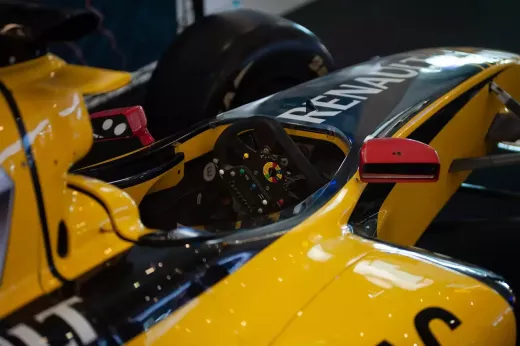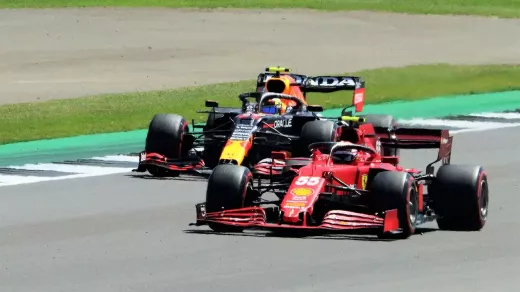The early years of MotoGP and how it all started
MotoGP's origins can be traced back to the first motorcycle races that were held in France in the early 1900s. However, it was not until after World War II that the sport really took off. In 1949, the Fédération Internationale de Motocyclisme (FIM) created the Grand Prix World Championship, which consisted of six races held in Europe. The first-ever MotoGP race was held at the Isle of Man TT, and it was won by Harold Daniell on a Norton.
In the early years of MotoGP, the bikes were relatively simple compared to the machines that are used today. They were mostly based on production models and were powered by four-stroke engines. The bikes were also much slower, with top speeds of around 130 mph. Safety measures were also lacking, with riders often racing without helmets or protective gear.
Despite these limitations, MotoGP quickly gained popularity, with riders such as Geoff Duke, John Surtees, and Mike Hailwood becoming household names. The sport continued to evolve, with new technologies and safety measures being introduced over the years.
Evolution of MotoGP bikes and technology
The 1960s saw the introduction of two-stroke engines, which revolutionized the sport. These engines were lighter and more powerful than their four-stroke counterparts, and they allowed riders to push their bikes to new limits. The bikes also became more specialized, with manufacturers developing racing-specific models that were not available to the general public.
The 1970s saw the introduction of the first full fairings, which helped to improve aerodynamics and reduce drag. The bikes also became more reliable, with advances in engine and suspension technology. The 1980s saw the introduction of the iconic two-stroke 500cc bikes, which were capable of reaching speeds of up to 190 mph.
The 1990s saw the introduction of electronic aids, such as traction control and anti-lock brakes, which helped to improve performance and safety. The 2000s saw the introduction of four-stroke engines, which were more powerful and fuel-efficient than their two-stroke counterparts. The bikes also became more technologically advanced, with the introduction of electronic fuel injection and advanced data logging systems.
The impact of aerodynamics on the sport
Aerodynamics has played a crucial role in the evolution of MotoGP. The first full fairings were introduced in the 1970s, and they helped to improve aerodynamics and reduce drag. Since then, aerodynamics has become a key focus for manufacturers, with bikes being designed to maximize speed and stability.
One of the most significant advancements in aerodynamics came in 2002 when MotoGP introduced the "one-piece" rule. This rule required all bikes to have a single-piece fairing, which helped to improve aerodynamics and reduce drag. The rule also helped to improve safety, as it reduced the risk of riders getting caught in the bike if they crashed.
Aerodynamics continues to be a key focus for manufacturers, with new technologies being developed to further improve performance. One of the latest advancements is the use of winglets, which are small aerodynamic devices that are attached to the front of the bike. These devices help to improve stability and reduce drag, and they have become a common sight on modern MotoGP bikes.
The role of electronics in modern-day MotoGP
Electronics have played an increasingly important role in modern-day MotoGP. Electronic aids, such as traction control and anti-lock brakes, help to improve performance and safety by reducing the risk of crashes. Electronic fuel injection and advanced data logging systems also help to improve performance by providing riders with real-time data on the bike's performance.
One of the most significant advancements in electronics came in 2016 when MotoGP introduced a new control ECU. This ECU is used by all teams and is designed to level the playing field by limiting the amount of electronic aids that can be used. The control ECU has helped to reduce costs and improve competition, as it has made it more difficult for teams to gain an advantage through electronics.
The influence of tire technology on racing performance
Tire technology has also played a crucial role in the evolution of MotoGP. The introduction of radial tires in the 1990s helped to improve grip and reduce wear, which allowed riders to push their bikes to new limits. The development of slick tires also helped to improve performance, as they provide better grip and are more resistant to wear.
One of the latest advancements in tire technology is the use of Michelin's "tire warming" system. This system uses a special tire warmer that heats up the tire before it is fitted to the bike. This helps to improve performance by ensuring that the tire is at the optimal temperature when the race starts.
The changing face of MotoGP riders and their training
The role of riders has also evolved over the years. In the early days of MotoGP, riders were often amateur enthusiasts who competed in their spare time. Today, riders are professional athletes who undergo rigorous training and conditioning programs to prepare for races.
The physical demands of MotoGP are intense, with riders experiencing forces of up to 1.5g during acceleration and braking. To cope with these demands, riders undergo extensive physical and mental training, including cardiovascular exercise, strength training, and mental preparation.
The impact of globalization and media on MotoGP
Globalization and media have also played a significant role in the evolution of MotoGP. The sport has become increasingly global, with races being held in countries all over the world. This has helped to increase the sport's popularity and has made it more accessible to fans around the world.
The rise of social media has also had a significant impact on MotoGP. Social media platforms, such as Twitter and Facebook, have made it easier for fans to follow the sport and interact with their favorite riders. MotoGP has also embraced social media, with teams and riders using platforms such as Twitter and Instagram to connect with fans.
The future of MotoGP and its continued evolution
So, what does the future hold for MotoGP? The sport is constantly evolving, with new technologies and safety measures being introduced all the time. One of the most significant changes on the horizon is the move to electric bikes.
In 2019, MotoGP announced the creation of MotoE, a new electric bike championship that will run alongside the traditional MotoGP championship. The bikes used in MotoE are powered by electric motors and are capable of reaching speeds of up to 150 mph. The introduction of electric bikes represents a significant shift for MotoGP and is likely to have a significant impact on the sport's future.
Despite these changes, one thing is certain: MotoGP will continue to evolve and push the limits of what is possible on a motorcycle. Whether it is through new technologies, safety measures, or simply the passion and dedication of its riders, MotoGP will continue to inspire and excite fans around the world for generations to come.
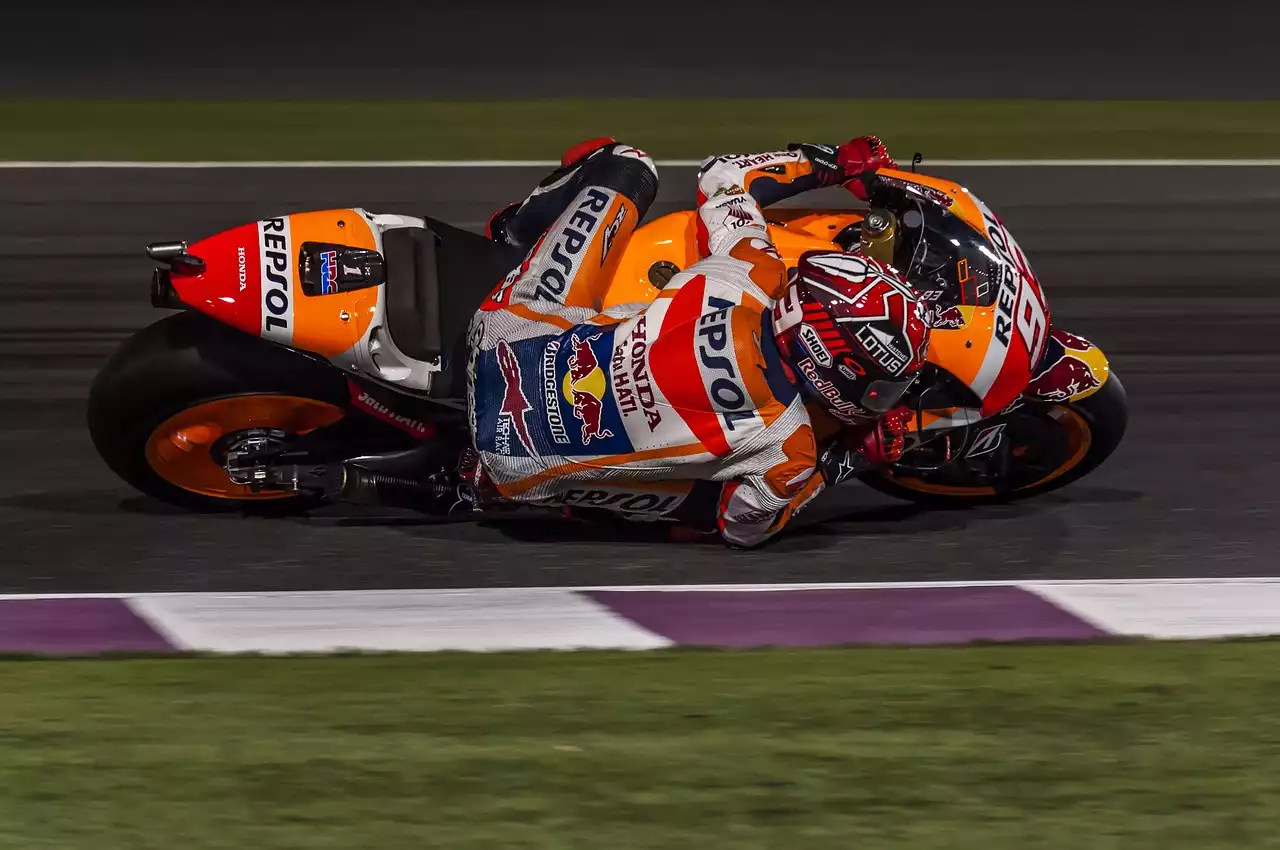
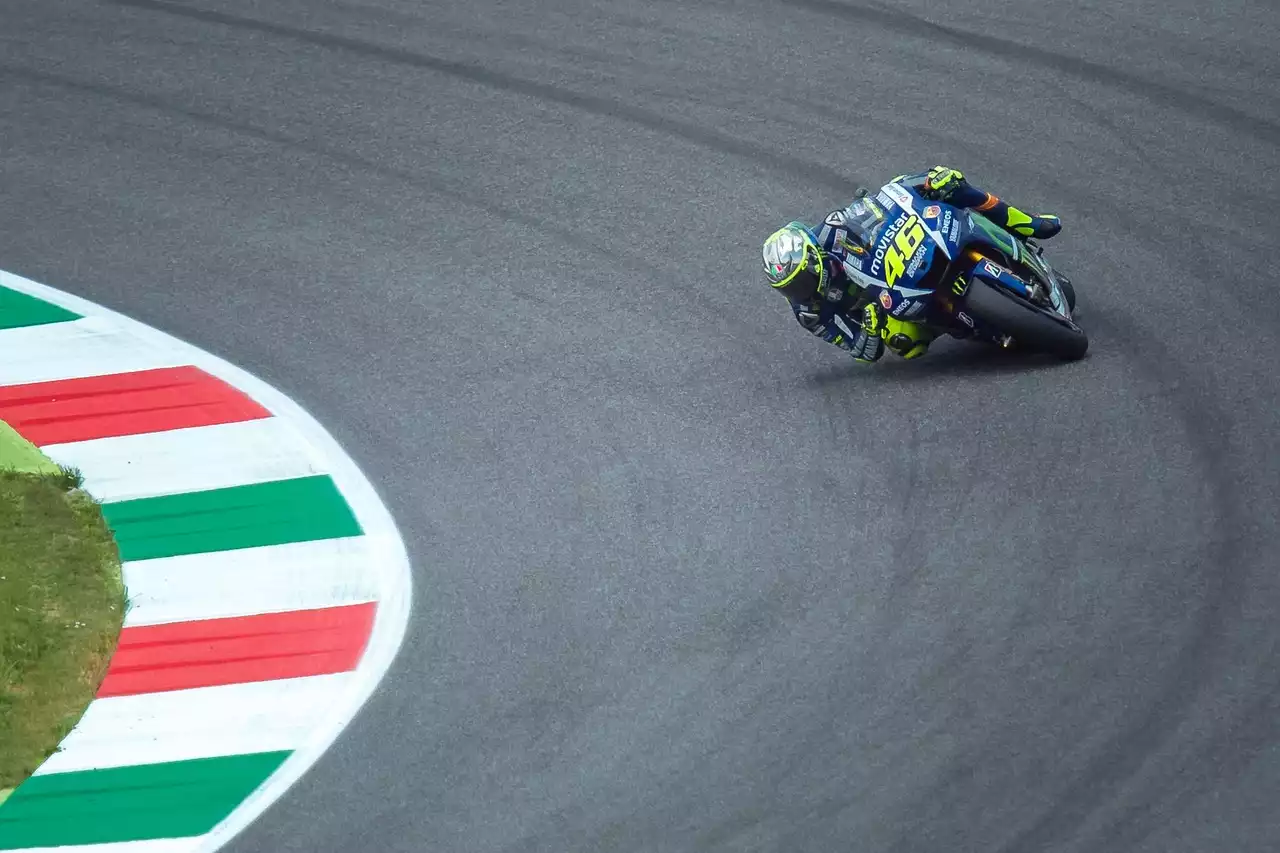
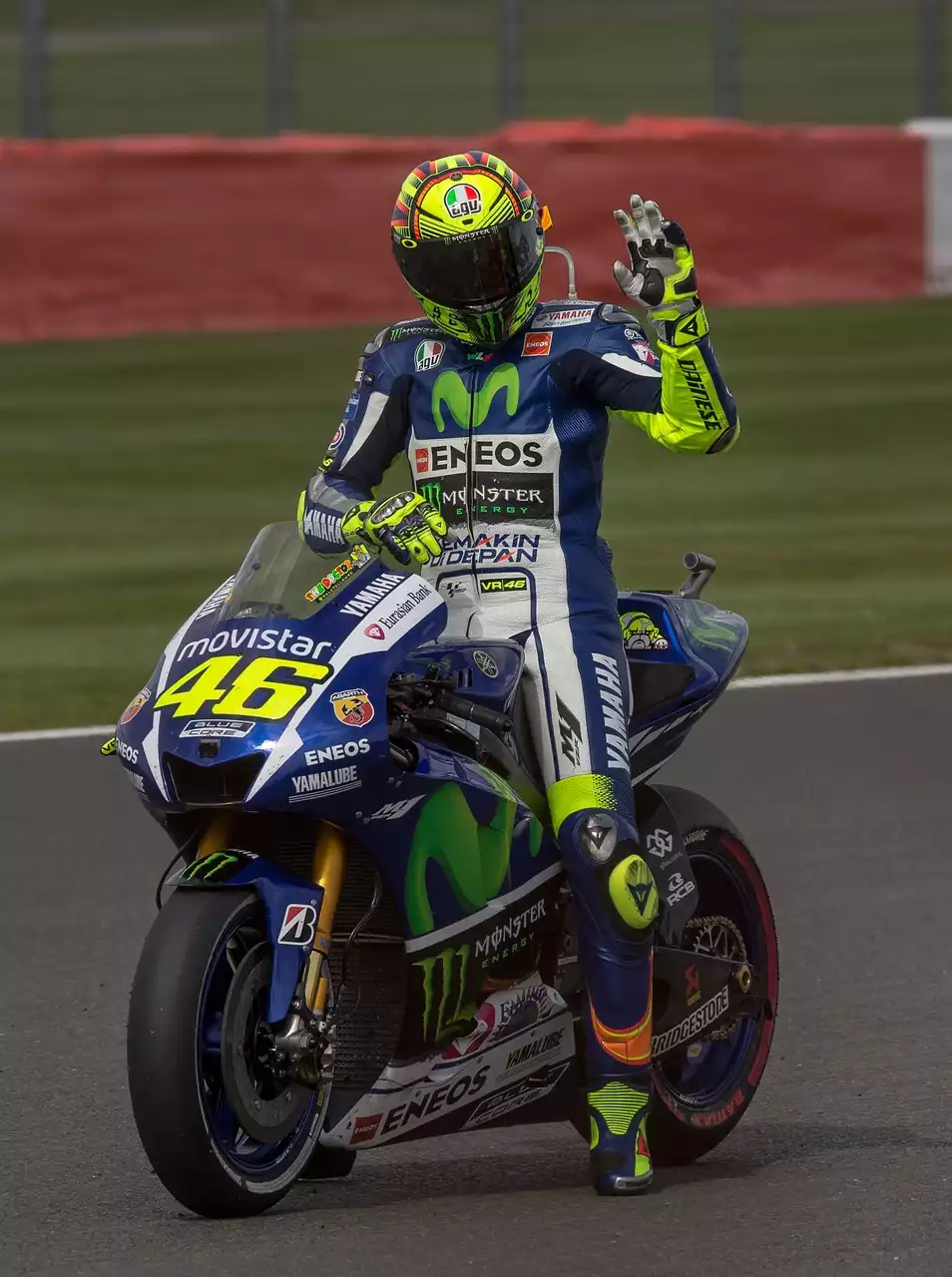
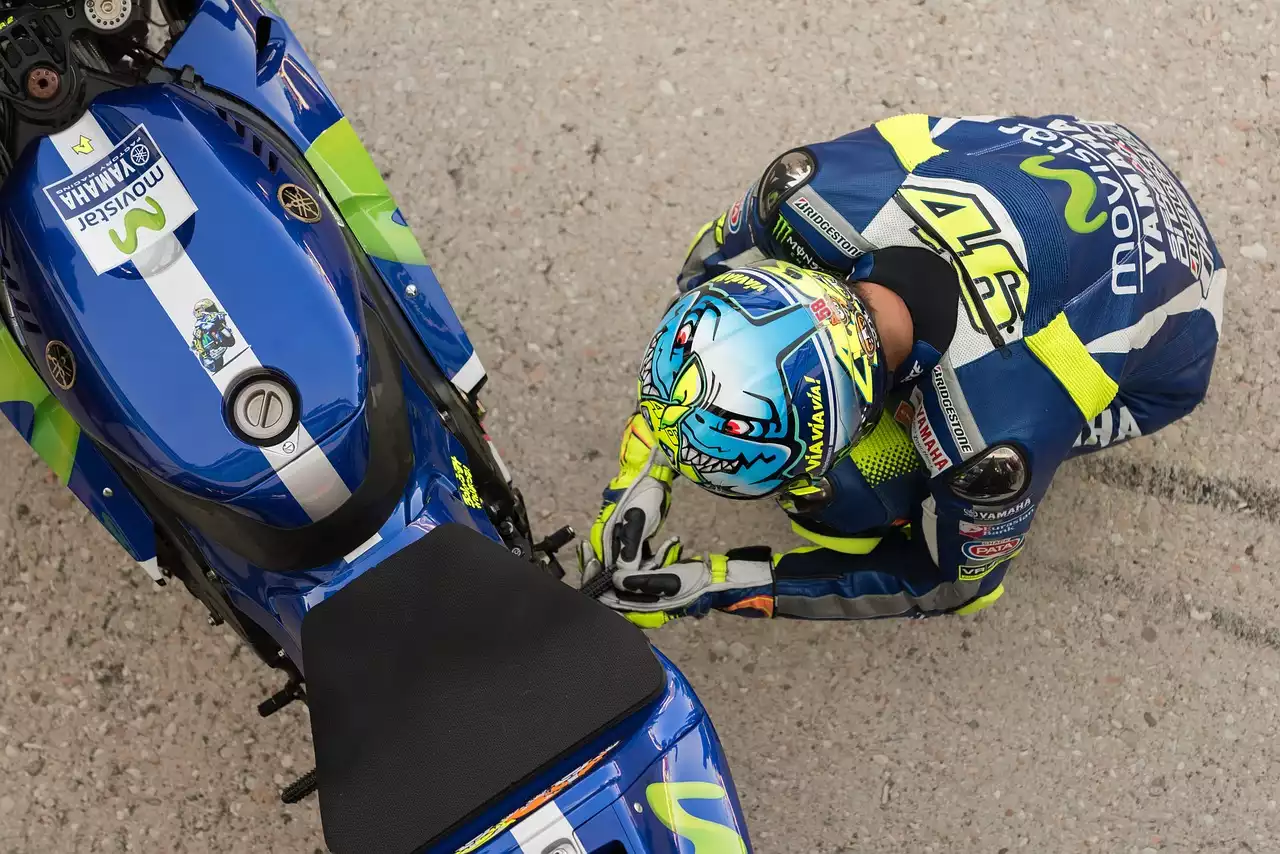
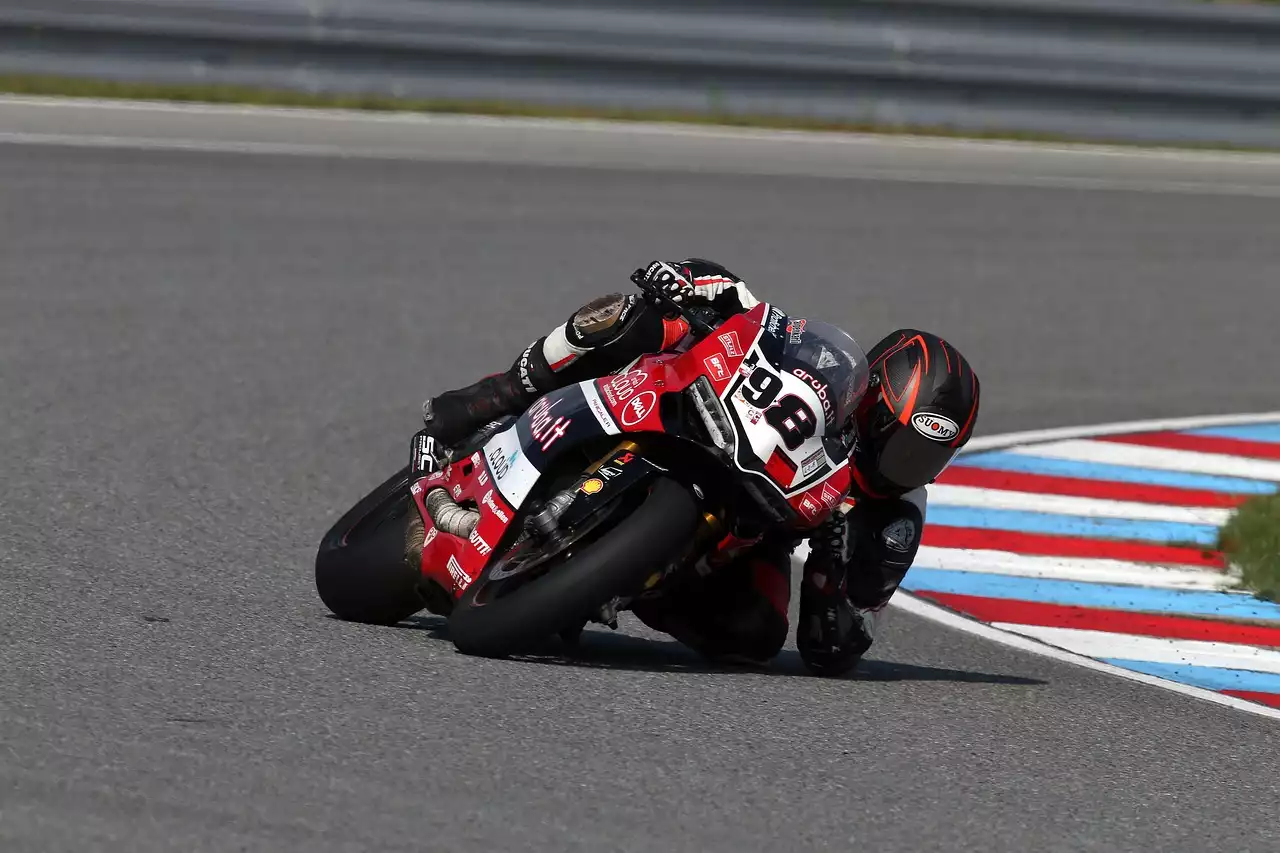
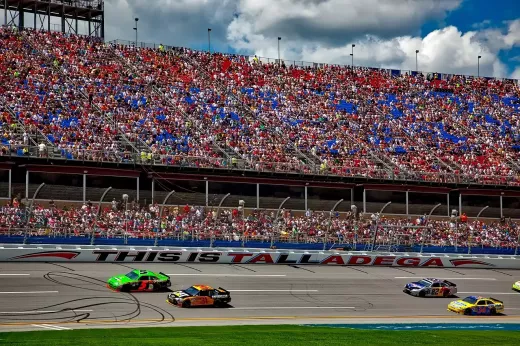
.png?size=50)
